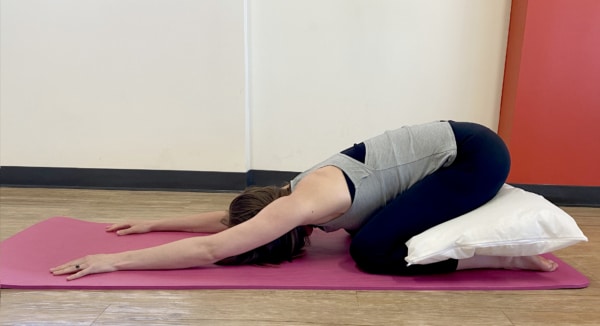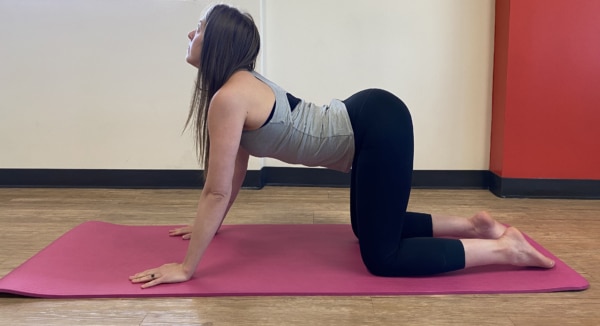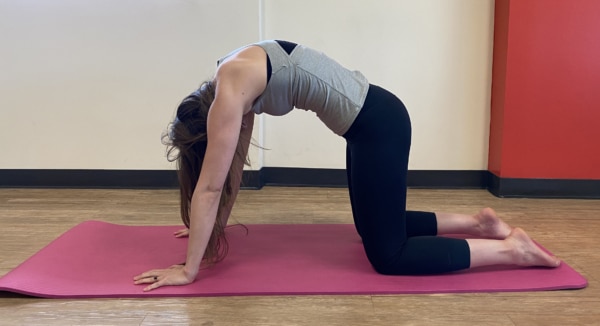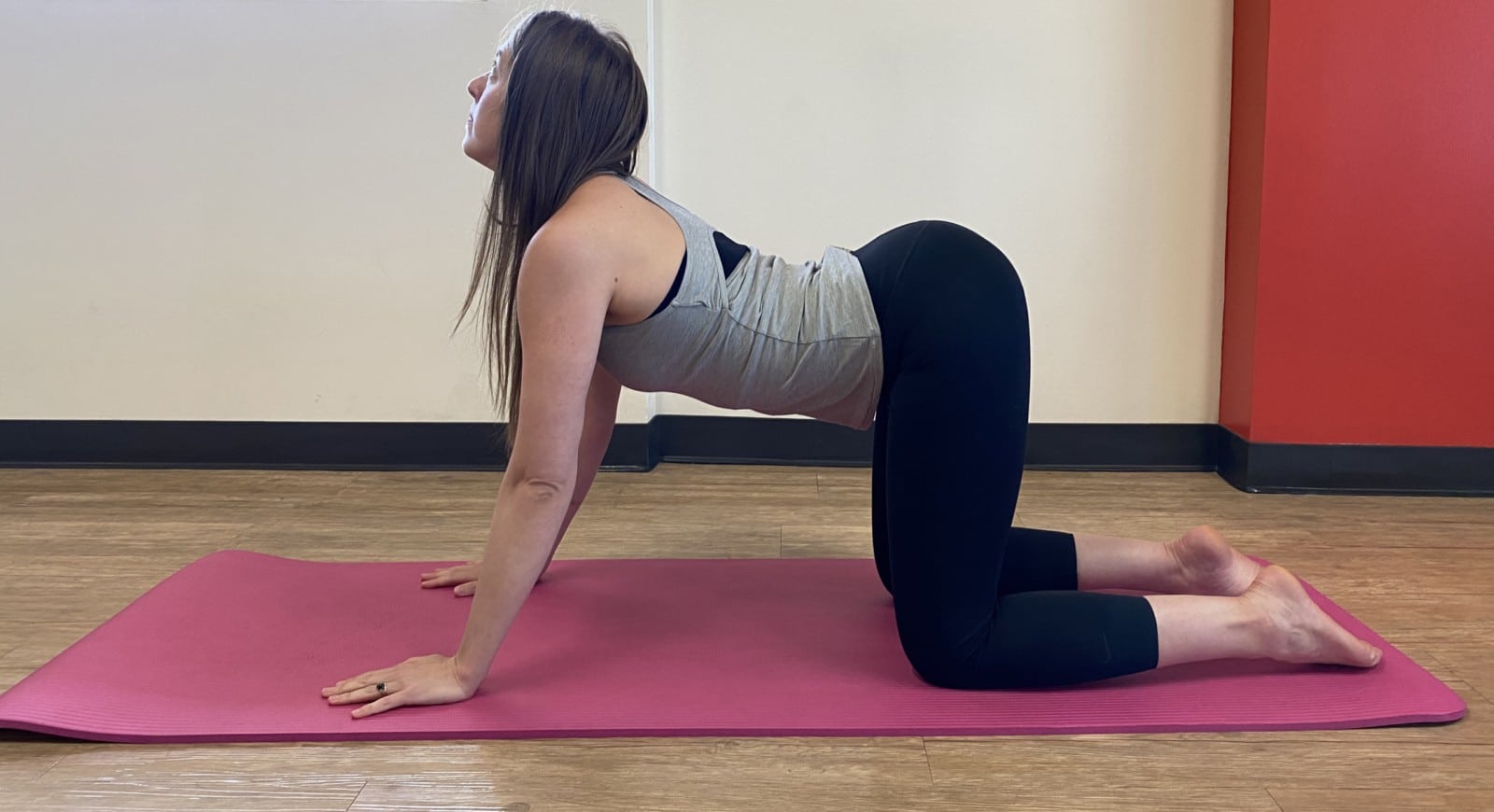Many of us are currently experiencing heightened levels of stress as a result of working from home, social distancing and the daily effects of the pandemic on everyday life. It seems there’s always something to worry about, whether it’s our health, our family, the economy, our livelihoods, or something else. We visited with Claire Giuliano, OTD to explore some ways to destress and begin to develop a daily routine. When we are overwhelmed with an onslaught of stress that seems like more than we can handle, it can become a threat to our physical, emotional, and mental wellbeing. Remaining in that “stressed-out” state for too long inhibits healing, blood flow, sleep, disrupts hormonal function, and can even lead to chronic illness, says Claire. But here’s the thing: While we can’t control what’s happening in the world, we can certainly control our response to it with practices and routines that relieve those feelings. Claire provides two “destressing” routines that anyone can establish in a safe, comfortable and private environment. “A regular routine gives you something to lean on and look forward to, and can bring a sense of calm and control, especially since routines are really out of whack right now,” she says.
The Routine: Daily Movement
The Benefits: More restful sleep, improved blood flow, and management of the “fight or flight” response that occurs when stress takes over (causing elevated heart rate, dilated eyes, digestive system troubles, etc.).
While any routine that involves moving and exercising your body is beneficial and has been shown to relieve stress, one of Claire’s specialties is yoga therapy. “Posture-based yoga – strengthening and stretching – helps you connect with your body, helps you slow down, and helps you focus inward while everything is crazy on the outside,” she says. Claire recommends 30 minutes a day of a regular yoga routine. Establish your routine for the time of day that works for you – morning, afternoon, or evening – and try to be consistent in doing it at the same time every day. If you’re doing a posture – or strength-based yoga practice, make sure you complete it at least two hours before bedtime, to allow your body to wind down. Not sure where to start? “The beauty of yoga is that it’s so varied and so adaptable. It’s meant for everybody. There are so many different styles: chair yoga, hot yoga, there’s something for everyone.” To find the style and exercises that are most beneficial for you, Claire suggests checking out some of the many resources online for beginners. In addition, the team at Spooner Physical Therapy can help by giving you specific yoga poses or other exercises to do to help alleviate stress, tightness or pain. This can be done in the clinic or via telehealth, following an assessment. Three poses that Claire says are helpful in reducing stress include legs up the wall, child’s pose (using a bolster), and cat/cow.
Legs up the wall: This pose brings blood flow back to the heart and digestive system.
Try it: Lie with your back on the floor, and position your hips as close to a wall as possible. Next, walk your feet up the wall until your body is in an “L” position. Pull your hips in closer to the wall if necessary. If you need to place a pillow under your head, that’s ok. Focus on your breath and remain in the pose for at least a few minutes to get the full benefit. Claire also suggests maximizing the stress-relieving benefit by putting something with a little weight on your feet.

Legs up the wall
Child’s pose with a bolster: This restorative, curled-up pose brings comfort, quiets the mind, and restores energy.
Try it: Make sure to have a bolster, pillow, or folded up blanket. Kneel with your shins flat on the floor or your mat, with your feet behind you, soles directed up. Sit back on your heels, then place the bolster between your thighs. Exhale and bend forward to rest your upper body on the bolster, with your head turned sideways and resting on the bolster. Relax your arms toward the floor. Turn your head the opposite direction halfway through the pose.

Child’s pose with a bolster
Cat-Cow: This gentle, flowing pose helps mobilize your spine, improves posture, and gets the blood flowing.
Try it: Start on all fours, with your hands on the floor directly underneath your shoulders and your knees on the floor directly underneath your hips, with your shins and knees hip-width apart. Your fingers should be pointed to the front of your mat. Begin the “cow” part of the pose: Inhale and drop your belly toward your mat, so your back is arched and your chin, chest, and eyes are all lifted upward. Next, exhale and draw your belly to your spine as you round your back to the ceiling, the top of your head directed down toward the mat and your neck in a neutral position. Watch as Claire demonstrates the progression of the pose.

this is the “cow” part of the pose

this is the “cat” part of the pose
The Routine: Daily Acts of Positivity & Gratitude
Claire often teaches her patients to incorporate mindfulness practices and exercises in order to promote healing, improve mood, overcome negative thoughts, and help them feel in control. Movement and yoga, as mentioned above, are certainly part of a self-care routine, and there are three additional components that Claire recommends.
First, tell yourself what you need to hear to get through a time of stress. Research has shown that using positive affirmations activates the brain’s reward centers, and helps us develop resilience in the face of pain, negativity, or threatening situations. A few affirmations that Claire offers to her patients that are particularly pertinent in today’s world:
- “I am in a safe space and not in danger.”
- “I am not alone in my anxiety.”
- “I am brave and resilient.”
Find an affirmation or two that resonate with you, and repeat them aloud on a daily basis.
Second, keep a daily gratitude journal. Claire points out that when we focus on what we have, it leads to many psychological and physiological benefits. Claire suggests purchasing a journal that is aesthetically pleasing and will encourage you to turn to it daily. Keep it with you at all times so that when the mood is right to capture your thoughts, you have your journal easily accessible.
Third, create a self-care checklist. Include the things on your list that make you feel good: For example, getting a certain amount of sleep, spending time talking with a friend or family member, eating a healthy meal, and yes, even getting in that 30-minute yoga practice. Implementing and practicing these routines can help provide you with a sense of control over your own beliefs and actions. “It’s really important to find ways to feel good and confident right now when the outside world isn’t as easy to feel positive in at the moment,” Claire says.
At Spooner Physical Therapy, our therapists are trained to help you find complete health of mind, body and spirit. Schedule a complimentary assessment today to learn how we can help you during the all kinds of stressful times that you might experience.

